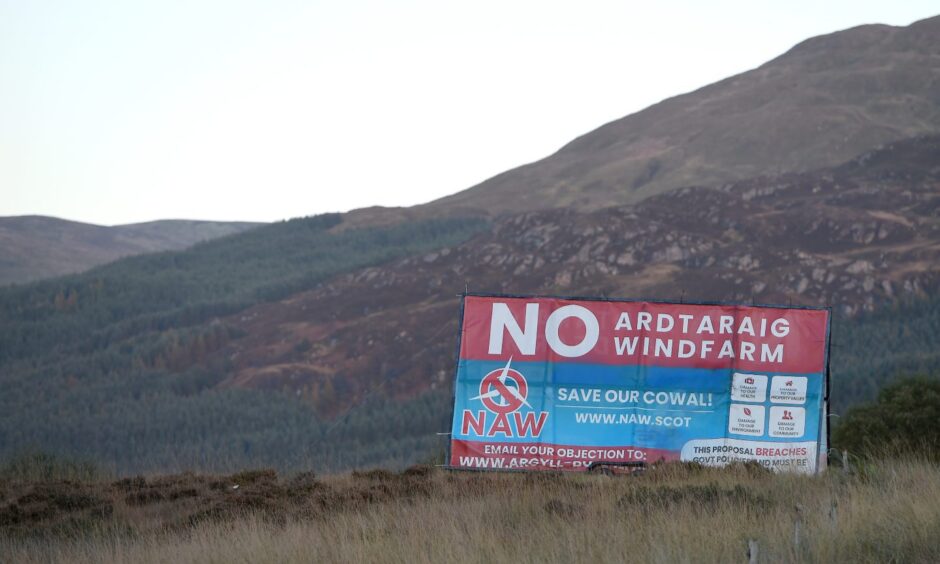
As Scottish wind farm operators distribute millions to local benefit funds, many rural communities remain unconvinced they’re getting a fair deal.
In addition to often widespread community opposition to onshore wind projects, farmers across Scotland are raising concerns over the miles of high voltage power lines needed to connect offshore renewables projects to the grid.
Conflicts between landholders and renewable energy companies over the infrastructure needed to achieve net zero are also increasingly being seen in places like Australia, Canada and Germany.
Developers and industry leaders are becoming increasingly aware of the need to assuage community opposition to electricity network expansion, as are governments.
Towards the end of 2023, Scotland’s energy minister wrote to the UK government calling for proposed “community benefits” proposed for electricity pylons to be extended to all energy generating infrastructure.
But despite the potential financial boost, with over £106 million committed to community benefit funds between 2018 and 2022 according to the Scottish Government, many rural communities remain unconvinced.
Speaking to Energy Voice, one Highlands campaigner described them as an “insulting pittance”.
£60m from ScottishPower wind farms
In December, ScottishPower Renewables announced £60 million in funding to communities across the UK and Ireland located near its 36 wind farms.
ScottishPower said the scheme has supported over 5,000 projects since its inception 30 years ago.
In that time, payments from the scheme have ranged from a £2,000 contribution to the Eisteddfod Festival in Wales all the way to a £348,000 boost for STEM activities in Kintyre.
In 2023, communities in the Highlands received nearly £2 million from nearby ScottishPower wind farms.
Beinn Tharsuinn wind farm, north of Alness, provided over £1.5 million in community benefit funding while Halsary wind farm, near Spittal Village in Caithness, provided over £450,000.
ScottishPower chief executive officer Charlie Jordan said as well as providing clean energy, its wind farms help local communities “seize opportunities” and provide a “lasting legacy”.
“Our funds have supported projects of all shapes and sizes and it’s an honour that we have been able to help support so many amazing initiatives over the past three decades,” Mr Jordan said.
“We’re continually striving to be the best neighbour to our communities given they are at the heart of what we do, and firmly believe they are best placed to determine how best to use the funds from our developments to drive benefits that mean most to them.”
Wind developers tout community funds
Other wind developers are employing a similar strategy.
EDF Renewables promised nearly £1 million each year to communities near its Lewis Wind Power project in an attempt to win over locals worried about the size of its 33 turbines.
Meanwhile, SSE Renewables operates 38 community investment funds across Scotland and England.
But the level of community funding proposed by SSE Renewables for its recently approved Cloiche wind farm was described as “derisory” by a Highland Council member.
Mountaineers and the Cairngorms National Park Authority also opposed the project.
SSE Renewables met similar opposition over its 103-turbine Viking wind farm, with Shetlanders taking their multi-year fight against it all the way to the Supreme Court before it was finally approved in 2015.
Now, the Sustainable Shetland group has turned its attention towards a subsea cable planned to connect the island with the Scottish mainland.
But as countries across the world race to meet net zero deadlines, and the UK aims to speed up the planning process for new transmission connections, communities on the front line are worried their concerns will be ignored.
Highlanders unconvinced
Dan Bailey is a Highlands resident from the community group Better Cable Route (Strathpeffer and Contin).
The group is campaigning for changes to an SSEN proposal for a transmission line between Spittal and Beauly, set to connect offshore wind projects to the national grid.
He told Energy Voice that many communities in the Highlands feel the sums offered as compensation by the likes of SSEN and ScottishPower are inadequate.
“The sums sound big but they’re a rather insulting pittance when considered over the lifespan of the projects and the huge profits that will be made and siphoned off out of the area,” Mr Bailey said.
“Almost all the financial gain will go to multinational investors, very little wealth will stay in the Highlands.”
Communities reliant on tourism are also worried about the long term impact of the renewables boom on the scenic nature of the region.
“Who will want to visit an area dominated by insensitively planned energy infrastructure, and the cumulative impact of more and far larger onshore wind farms?” he said.
“The sums being talked about in community benefits do not go far at all towards offsetting the serious impact on the locally vital visitor economy, which faces the prospect of reduced earnings over decades.”
Planning, profits and part-ownership
Mr Bailey said planning for these projects should focus on minimising the impact on tourism from the outset, and more appropriate compensation offered to homeowners.
But even if this were to happen, he said many in the community are asking themselves what sum they can accept for “living in a seriously degraded environment”.
“You cannot buy back an unspoilt landscape, thriving natural habitats, and the quality of life in highland communities,” he said.
“These things are easily trashed, and irreplaceable at almost any price.”
Rather than “token cash bribes”, Mr Bailey said communities want a greater say in project design, better optioneering, profit sharing or even part ownership of wind farms.
Affected communities which are “expected to bear a large part of the burden” of the UK’s net zero transition should also receive broader permanent discounts to their energy bills rather than selected households for 10 years, he said.
Mr Bailey and the Better Cable Route group are not alone in raising concerns about power developments in Scotland.
Groups like Scotland Against Spin, Nae Fare, Communities B4 Power Companies and No More Pylons in Dalmally are among several set up in recent years focused on opposing renewables and electricity infrastructure.
Beyond ‘tokenistic’ approaches
Professor Tavis Potts from Aberdeen University’s Just Transition Lab told Energy Voice that as Scotland continues to build out its infrastructure for the net zero transition, communities are increasingly coming into conflict with developers.
“We are seeing obviously a lot more conflict around development, onshore wind development, development of the grid, with communities across the board,” Professor Potts said.
“It’s certainly not something that’s particularly new, but as we really get real about the transition, whether it’s electricity pylons or substations or wind farms themselves, we are seeing conflict increase in the community space, but it’s not homogenous.
“Some communities are supportive of development, some communities are opposed to development, but as the stakes increase, I think we are seeing a lot more conflict coming into play.”
On the whole, Professor Potts said communities “haven’t really seen the benefits of large scale renewables rollouts to date”.
“I think for a successful just transition and a successful development, that there needs to be from the outset genuine trust building between the developer and the community. You can’t go in late,” he said.
“There really has to be genuine, inclusive, and open dialogue between all parties from a very early stage and you have to invest in that.”
Building social licence for renewables
Rather than funding community grant funds, developers should commit to wider ranging engagement with local communities to build a social licence for their projects, Professor Potts said.
“There’s no doubt that that if we’re going to build a net zero society, if we’re going to address things that communities themselves that are important like fuel poverty, like skills and jobs like diverse local economies, then the key to doing that is through investment and working together with developers to really build the social licence around the project,” he said.
“If there are tokenistic approaches, if communication is patchy or poor, if the communities themselves don’t have the right skills to have those discussions, we’re going to see these logjams continue.”
Professor Potts said when communities see genuine investment, the likelihood of conflict will decrease.
“You’ll always have conflict, there will always be an element of of ‘Nimbyism’. That’s just development processes,” he said.
“But if you’re going in early with real trust building and willingness to engage and willingness to listen, and you’re also increasing communities’ ability and capacity to engage in these developments and there are genuine offers on the table about solving community infrastructure or fuel poverty, or creating new SMEs, then I think you’ve got a different process that will unfold.
“The challenge is how do you do that in a time frame which is in alignment with achieving 1.5°. If we don’t get this right, it’s going to take even longer because of increasing conflict.”
ScottishPower community funds
In response to Mr Bailey’s comments, a spokesperson for ScottishPower said the company always seeks to minimise the impact of projects.
“Before we build any of our windfarms we go through an extensive planning and consulting process to seek local stakeholder opinion about our plans to ensure any impact our sites have is minimal, however, this must always be balanced with the need that Scotland, and the wider UK has, to meet its climate change targets, something which windfarms are a key part of,” the spokesperson said.
“Our windfarm funds have been created to ensure that a measured benefit can go directly to communities that we operate in and is relative to the size of the windfarm and based on recommendations from the Scottish Government.
“In the Autumn Statement, the UK Government announced it will publish guidance in 2024 on community benefits for communities that host new, electricity infrastructure as part of the UK’s work to decarbonise.”
Community ownership
As Scotland and the UK continue efforts to massively increase renewable energy production, policymakers and power companies will increasingly have to juggle net zero goals and community impact.
While research has shown community ownership models can have a positive impact on public attitudes towards onshore wind farms in Scotland, the nature and scale of offshore developments pose different challenges.
The scale of investment required and the difficulty in defining the ‘local community’ attached to offshore wind farms can make established models for onshore projects less viable.
These projects attract large multinational investors, with nearly half of all UK offshore wind capacity being controlled by overseas state-owned entities.
However, researchers from the University of Edinburgh have outlined several good practice recommendations for offshore wind developers, stressing the importance of early engagement with communities and stakeholders.
If Scotland and the UK are to reach their goal of developing 50GW in offshore wind capacity by 2030, winning over rural communities stands as just one among many challenges.
Recommended for you


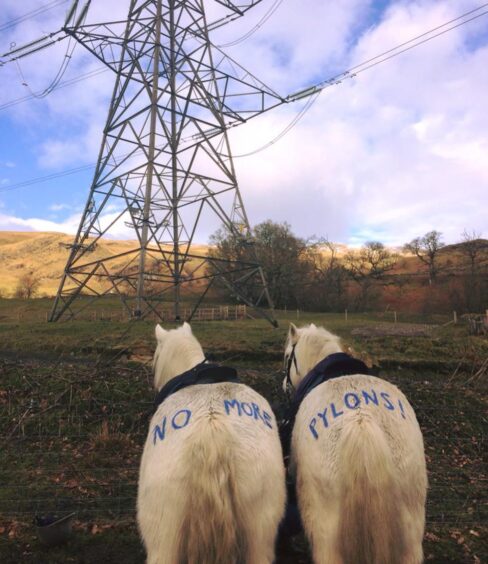 © Supplied by No More Pylons in Dalmally
© Supplied by No More Pylons in Dalmally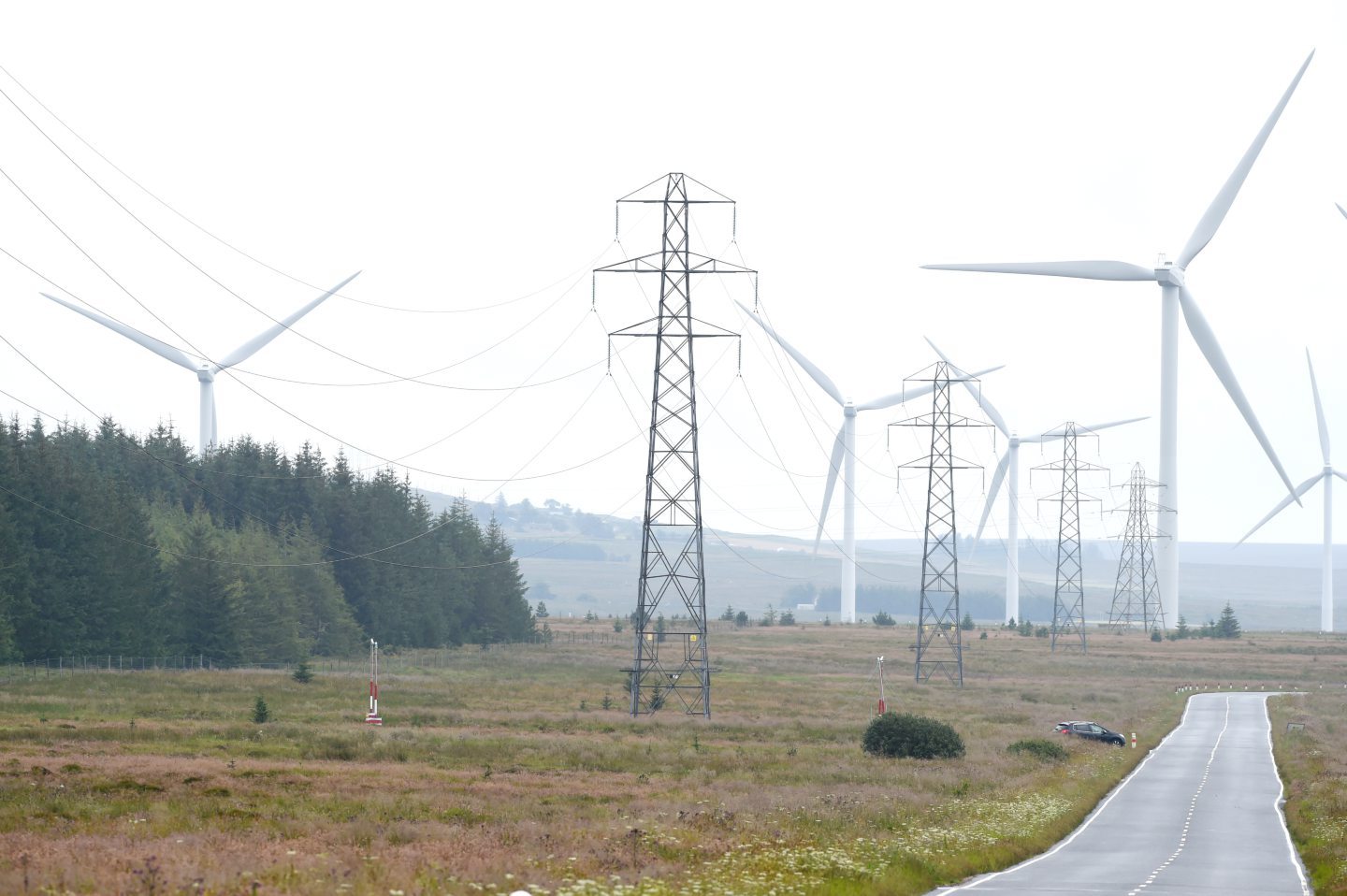 © Supplied by Sandy McCook
© Supplied by Sandy McCook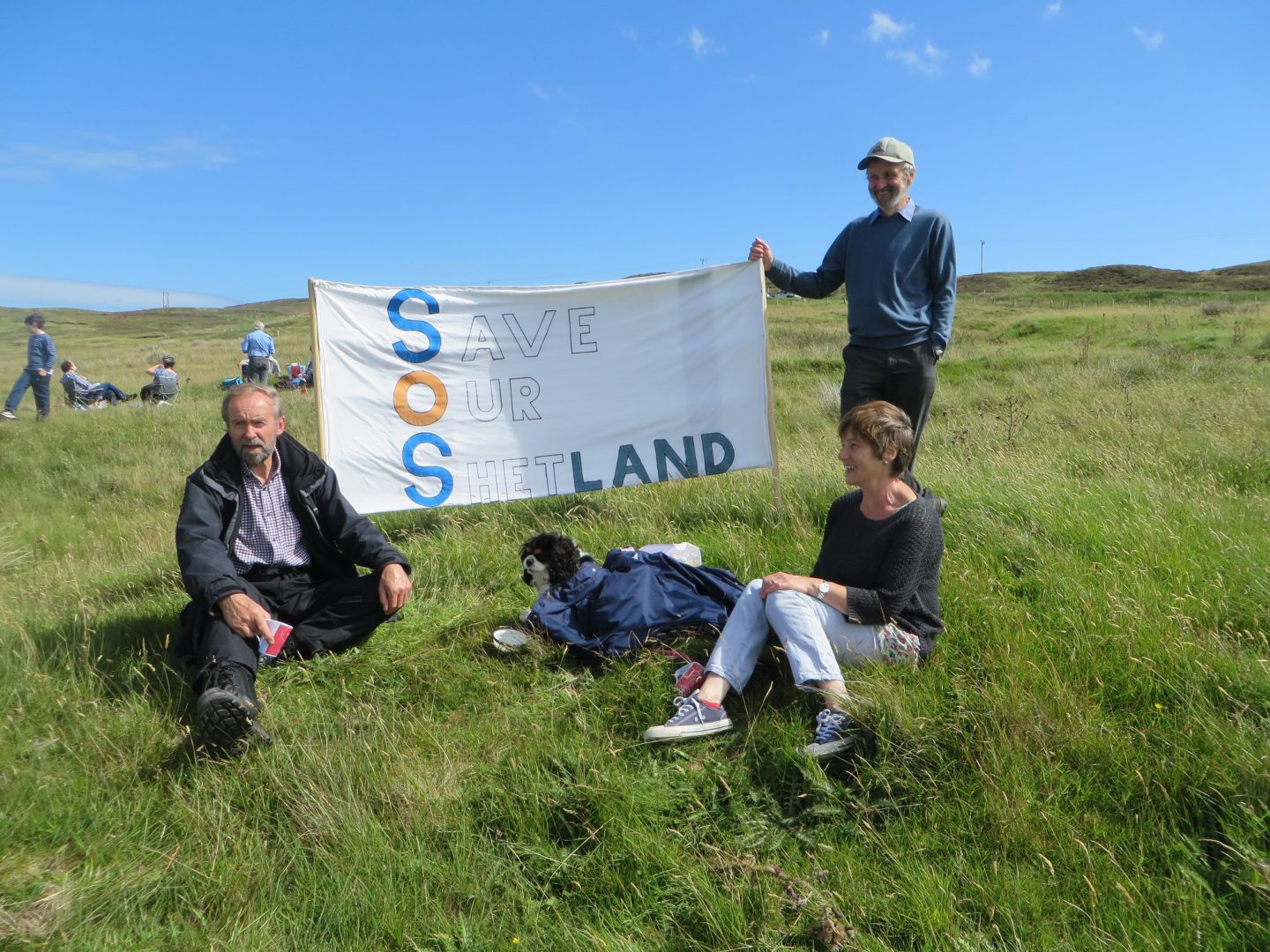 © Supplied by Facebook
© Supplied by Facebook © Supplied by Dan Bailey
© Supplied by Dan Bailey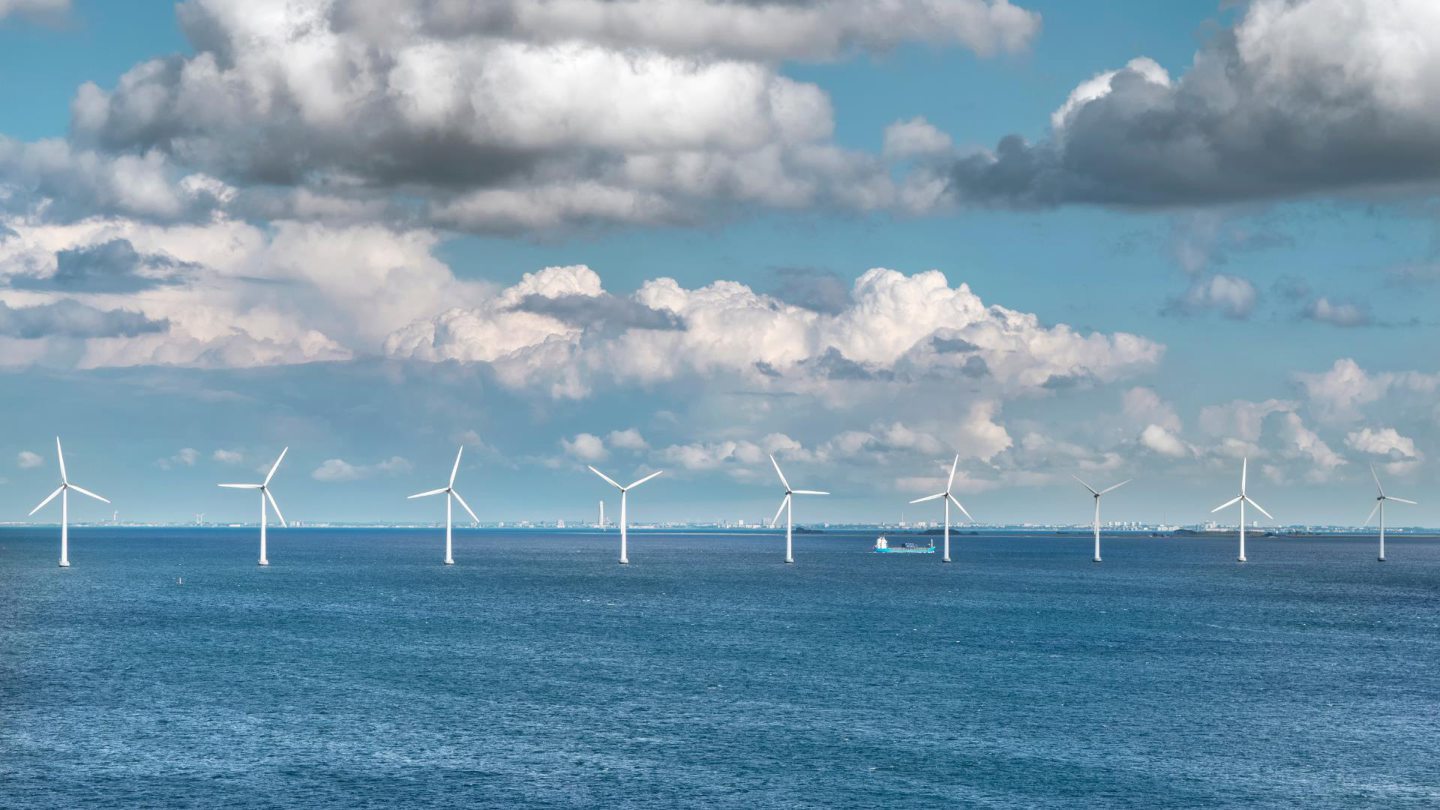 © Supplied by Canva
© Supplied by Canva © Supplied by Aberdeen University
© Supplied by Aberdeen University © Supplied by Anne Shearer
© Supplied by Anne Shearer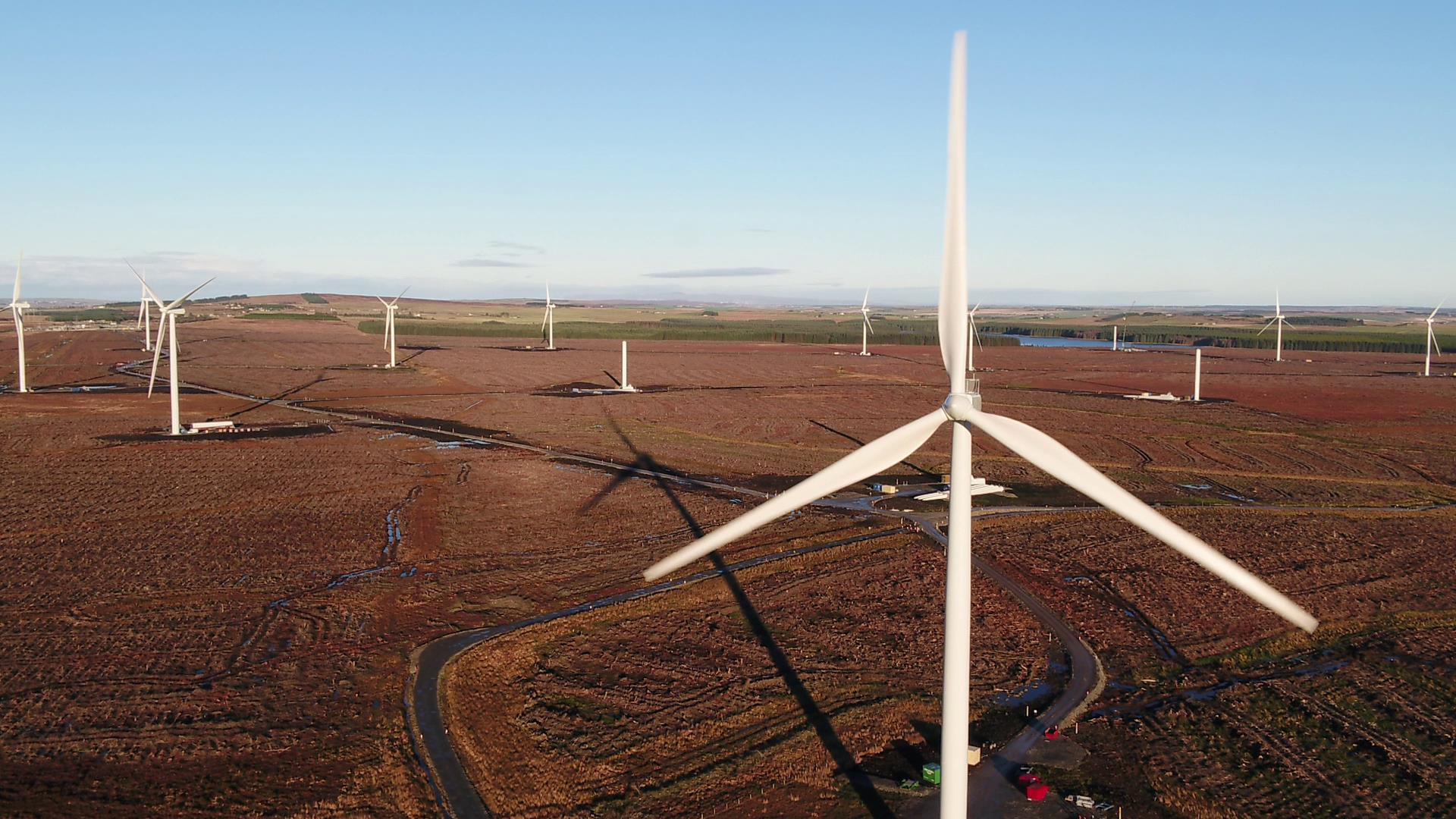 © Supplied by ScottishPower Renewa
© Supplied by ScottishPower Renewa